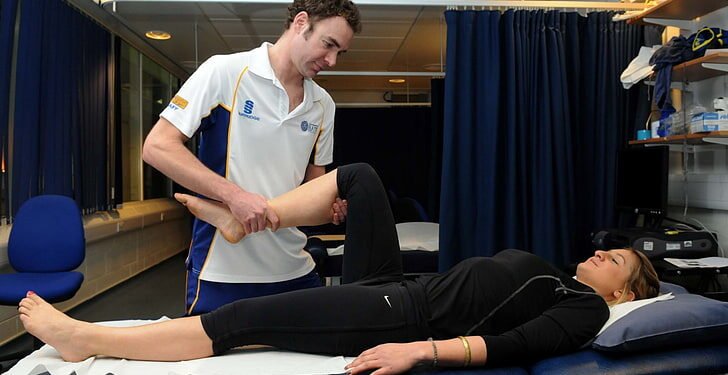The advantages of physical therapy as a treatment for pain have been clearly demonstrated for years. Take a look at some of these examples of how physical therapy can improve a person’s life and give them back their freedom.
Physical Therapy Makes Recovery More Likely
Unfortunately, there are plenty of injuries that can lead to significant loss of mobility at a later stage in life, even if they seem minor at the time. Similarly, many types of surgery can decrease a person’s physical strength due to the procedure performed or the medication necessary to make it possible. For example, patients who have had a C-section may experience reduced lower abdominal strength since the muscles have been damaged as part of the surgical process. With physical therapy, recovery chances are increased since the muscles or bones which have been harmed are gradually strengthened at a pace that doesn’t cause further damage. This is because physical therapists specifically design their treatment plans around the individual needs of a patient so that the desired results are achieved.
Physical Therapy Improves Performance
If you are a sportsperson or like to keep active regularly, you are keeping your body in good physical condition. However, strenuous activities can lead to injury or wear and tear over time, which is why many physical therapists work with athletes to help them improve the strength and resilience of their bodies so that the chances of injury are decreased. If you are interested in helping your athletic performance, look for physical therapy in East Greenwich. By keeping your muscles not only strong but flexible and well-maintained, you are more likely to see the progress you want rather than the aches and pains that get in the way of training.
Physical Therapy Realigns the Body
Sometimes, a long-lasting physical pain can be shut out by the mind and ignored for a long time. This doesn’t make the pain go away; rather, the rest of the body tries to compensate by adjusting its movements to avoid further aggravating the already painful area. For example, someone with joint pain in their knees might unintentionally walk in a way that reduces the impact on their knees but, in fact, leads to misalignment of their hips, ankles, and even their spine. Over time, these parts of the body can also grow painful thanks to the unnatural motions they perform every day to protect the knees. At physical therapy, these issues are evaluated and addressed both as a whole and separately so that patients can relearn the healthiest, strongest, and eventually least painful ways to move their bodies. A physical therapist might also focus on helping a patient train themselves to avoid causing further injury by improving their balance and avoiding falls. This is done by process of elimination to ensure that no other health conditions are the true cause of the pain, in which case these would be treated by the relevant medical professional.
The benefits of physical therapy are numerous, and different techniques can pinpoint areas of pain to guide a patient back to their best state of health.

